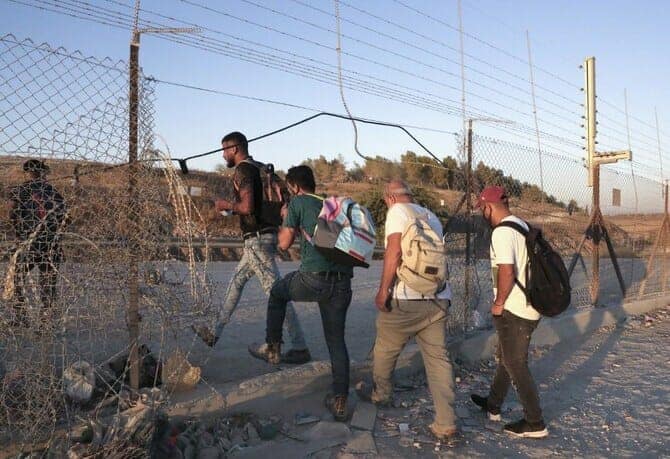Beirut, Lebanon — At least 61 per cent of employment, equivalent to 182,000 jobs, has been lost in the Gaza Strip since the start of the current Israel-Hamas war, a new ILO report estimates.
The conflict in Gaza is also having a spillover effect in the West Bank, where an estimated 24 per cent of employment, equivalent to 208,000 jobs, has been lost over the same period, ILO said in a statement.
The total estimated 390,000 job losses in the two areas that comprise the Occupied Palestinian Territory translate into daily labor income losses of $16 million. These figures are projected to increase if military operations in Gaza intensify and the humanitarian crisis in the enclave continues to unfold.
The estimates were outlined in the ILO’s first bulletin on the impact of the current Israel-Hamas conflict on the labour market and livelihoods in the Territory .
The humanitarian crisis in Gaza has severe implications on the labour market, employment prospects and livelihoods in the enclave and across the entire Occupied Palestinian Territory, the bulletin reports.
“Our initial assessment of the repercussions of the tragic current crisis on the Palestinian labour market have yielded extremely worrying results, which will only worsen if the conflict continues,” said ILO Regional Director for Arab States Ruba Jaradat.
“The ongoing hostilities not only represent an enormous humanitarian crisis in terms of loss of lives and basic human needs, they also represent a social and economic crisis which has caused vast damage to jobs and businesses, with reverberations that will be felt for many years to come,” Jaradat added.
She reiterated the call by the ILO Governing Body in its current session to promptly allow and facilitate, consistent with international humanitarian law, full, rapid, safe, and unhindered humanitarian access for the sustainable delivery of humanitarian aid to civilians throughout Gaza.
“We are working tirelessly with government, worker and employer partners, other UN agencies and humanitarian actors to provide immediate assistance to impacted workers and businesses. We will also support them in the longer term towards collecting vital labour market information and recovering jobs and enterprises, combined with social protection initiatives, to the utmost extent of our mandate,” Regional Director Jaradat added.
Entire neighbourhoods in Gaza have been destroyed, infrastructure has been severely damaged, businesses have closed, large-scale internal displacement has occurred, and the lack of water, food and fuel are crippling economic activity, the bulletin notes.
Even prior to the current conflict, the situation in the blockaded Gaza enclave was particularly dire. Gazans have long grappled with persistently high rates of poverty, vulnerability and one of the highest unemployment rates in the world, which stood at 46.4 per cent in the second quarter of 2023.
The ILO has prepared a three-phase response programme to address the impact of the crisis on the Palestinian labour market and livelihoods.
The first phase, which is already underway, focuses on relief works. It entails providing immediate assistance such as emergency livelihood support schemes to Palestinian workers. The workers include Gazans who, having lost their jobs inside Israel following the outbreak of the current conflict, are stranded in the West Bank.
The ILO has mobilised its internal resources and already channelled around $1.1 million US dollars towards emergency relief interventions and preliminary data collection. It is also working on allocating further internal resources to implement its response plan.
The second stage – or review phase – entails data collection and impact analysis in order to help plan, prioritize and fine-tune interventions.
Finally, the recovery phase will focus on job creation through employment intensive infrastructure recovery and other means, as well as on social protection measures and recovery of jobs and businesses.
The ILO is set to hold a meeting for development partners on the sidelines of the ongoing 349th Session of the Governing Body. The meeting will see the launch of an appeal for $20 million US dollars to fund implementation of the ILO’s entire three-phase response plan.
The bulletin was prepared by the ILO in partnership with the Palestinian Central Bureau of Statistics (PCBS), based on data primarily sourced from the PCBS Labour Force Survey. The ILO and PCBS have set up a Labour Market Observatory to track the status of Palestinian labor market indicators as the situation unfolds and issue further bulletins on a monthly basis.








